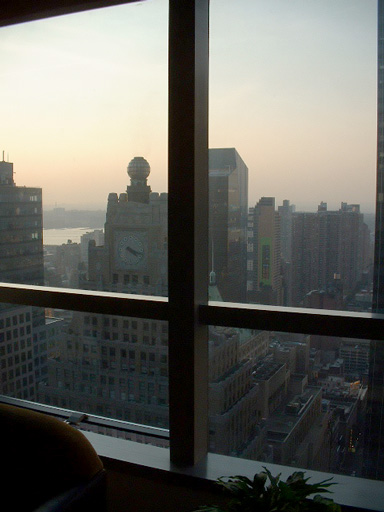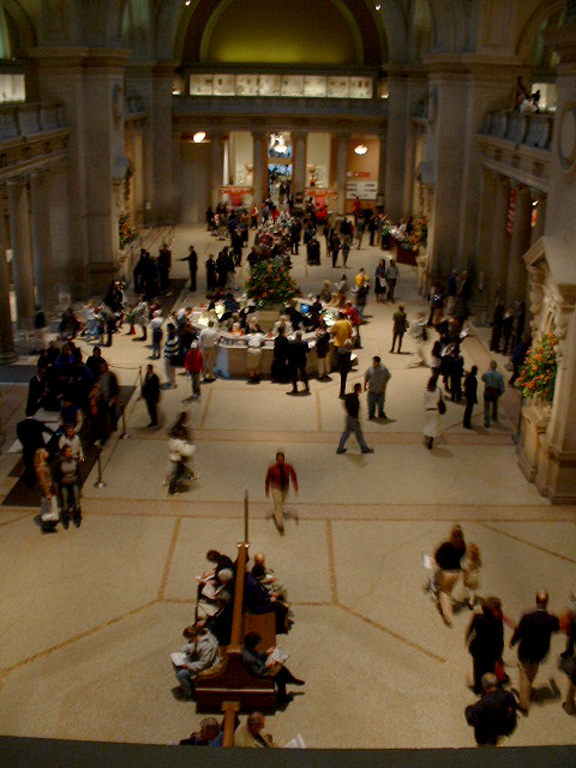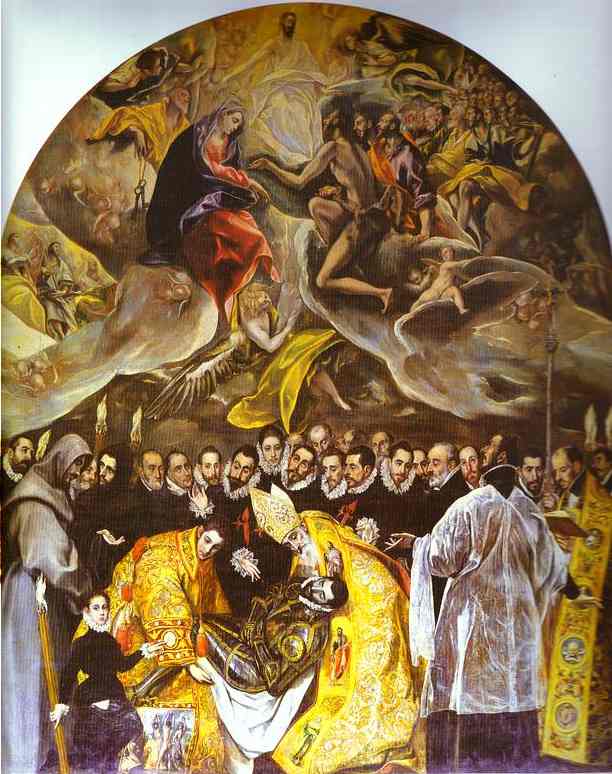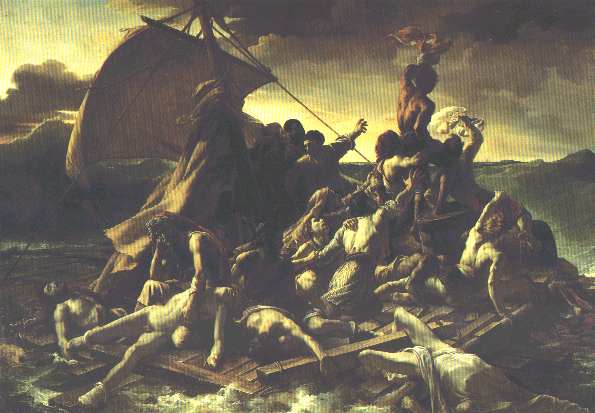November 6, 2003
Back From NYC
New York is feeling pretty comfortable to me now. I remember when it was intimidating and suffused... drowned in a tough pop culture membrane: endless loops of Frank Sinatra "NY, NY" song going on in my head. That's all in the past as I amble easily thru the subways and streets. Of course, it helps to b e staying at a nice hotel...

The big score was not the gallery tours but seeing "Passion for the Mountains: 17th Century Landscape paintings from the Nanjing Museum" at the China Institute, followed by the "Dreams of Yellow Mountain: Landscapes of survival in 17th Century China" at the Metropolitain museum. More on this in the next post.

Also at the Met was the Greco show, an exhibition that I found surprising because of the color in his work. It was strange, at once seemingly amateur and sophisticated. Against backgrounds of grey to black, were puffy clouds of salmon and bleached yellows and emerald greens... alll this whilst figures agitated vertically, scribing the surface like a cardiograph. I say surprising because I visited Toledo when I was a kid. It was the same time I saw the Prado as my family was travelling through Europe and Asia enroute to Sydney. It was the week I stood before the Goya ("Saturn...") and had the epiphany that wouldn't become fufilled for another twenty five years. That week, I went to El Greco's town and saw the "Burial of Count Orgaz".

What was strong was the very image of Toledo, the one that Domenicos Theotocopoulo rendered so many times. What I saw was identical to the paintings still. But that was in 1969. Someday soon, I'll be back, bracing myself for the surround of suburbs and Starbucks.
Also, there was the exhibit: "Crossing the Channel: British and French Painting in the Age of Romanticism" where the Met hung a reproduction of the "Raft of the Medusa". It's a giant work (Chris Jagers, if you're reading this... you have paint this large if you like the bigger scales).

You can read more at:
http://www.geocities.com/rr17bb/geri1.html
What I found interesting was the small scale paintings and the attendant focus on Edmund Burke's 1756 treatise: "Philosophicl Enquiry into the Origins of Our Ideas of the Sublime and the Beautiful":
"Whatever is in any sort terrible or operates in a manner analogous to terror, is a source of the sublime." The wall texts goes on to say: "...terror led to the sublime, which is superior to beauty..." On the walls were subjects of the depraved, of corpses and the beheaded, piles of limbs. Terrible stuff indeed, terrible times, the French Revolution and Goya's late paintings.
Terror then is not the same as terror today... even though Damian Hirst trades in the same territory and T.V. News trembles at scenes of horror with a cringing fascination. This is a big topic, but I've thought a bit about the transgressive in art, about the picaro or rogue in works like "Catcher in the Rye". This, in another post. I haven't yet read Burke's essay or other works in any kind of depth. I looks like this is a good time for it.
Posted by Dennis at November 6, 2003 12:51 PM
Leave a comment